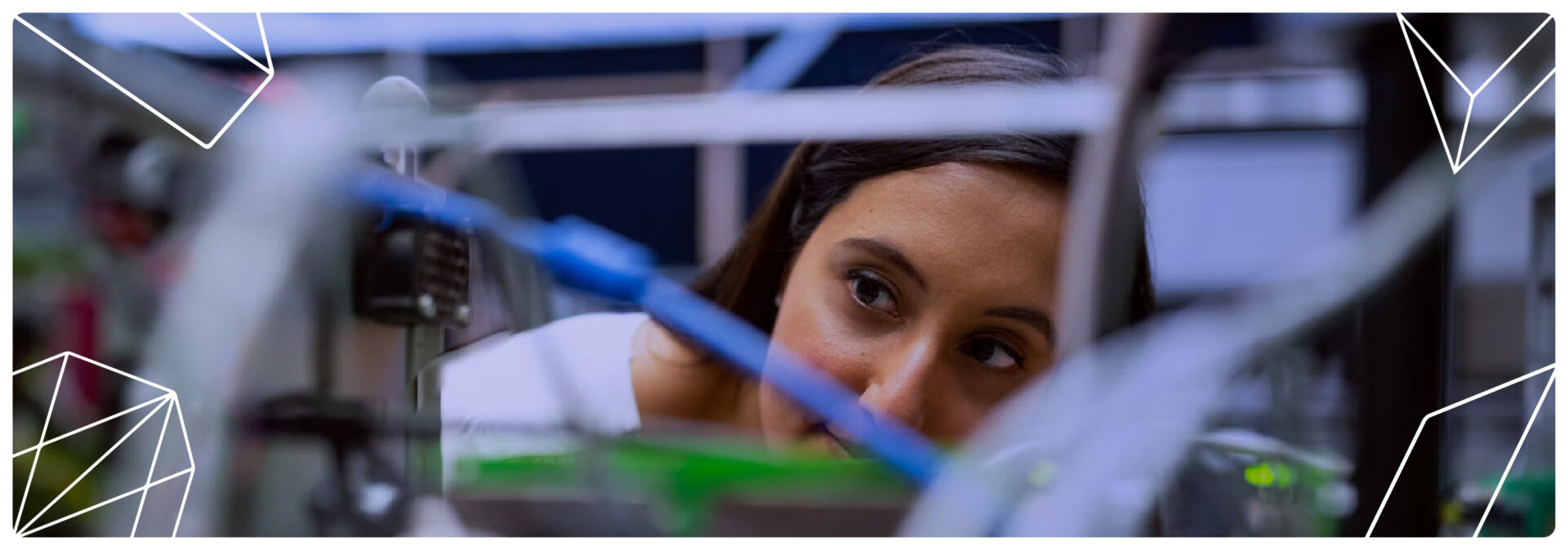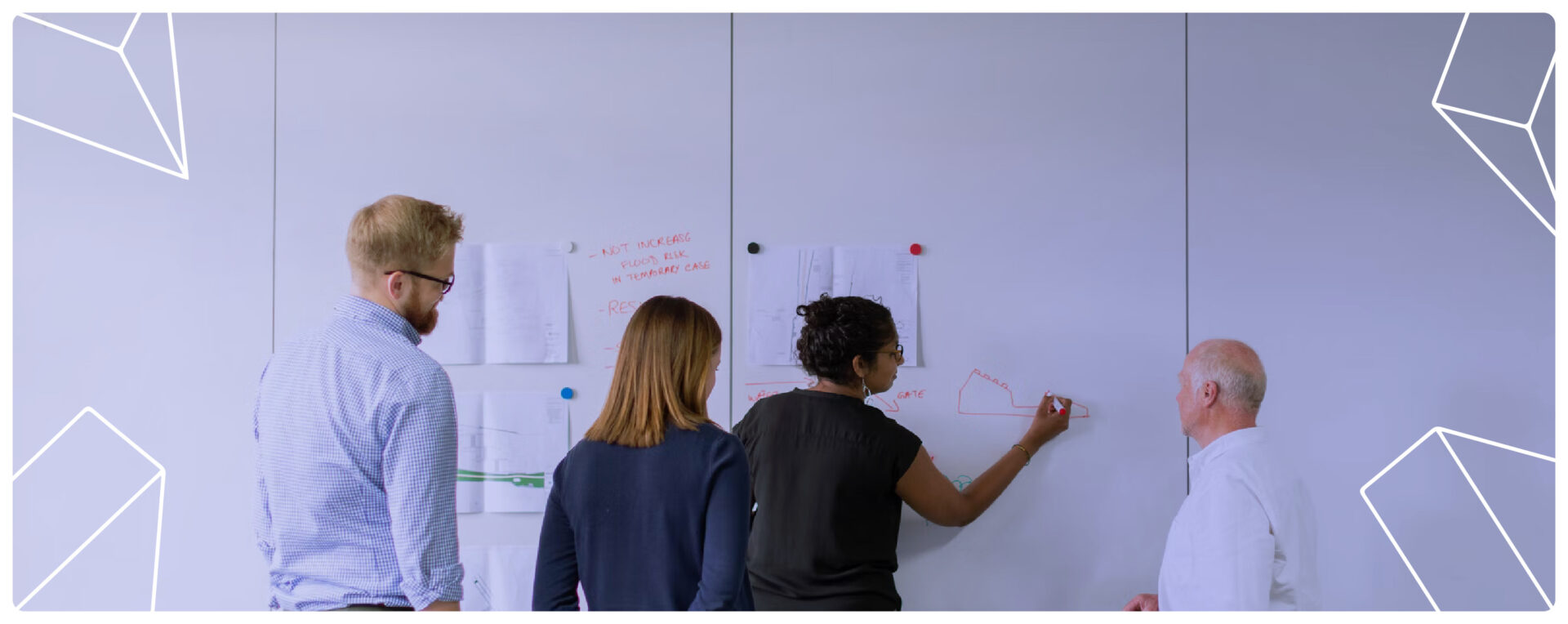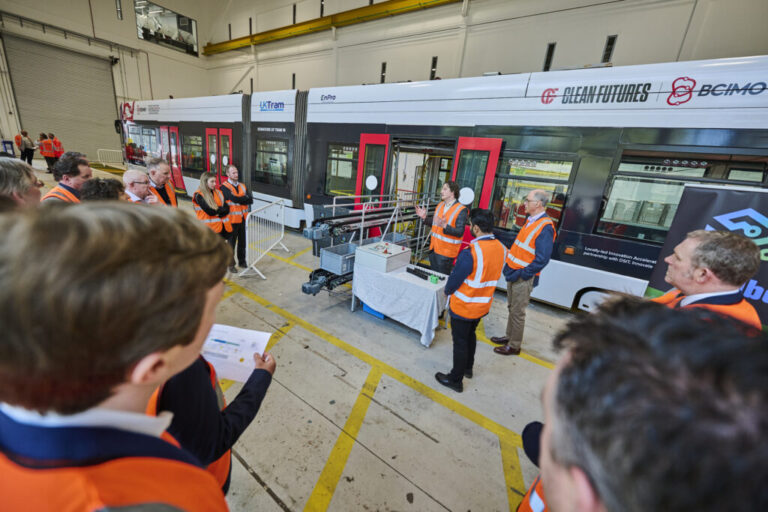If I am honest, I find writing a blog about “innovation in manufacturing” more than a little daunting. Despite innovation being a key element of being competitive, it is not always the focus in my conversations with manufacturers. Reflecting back on it I realise that this isn’t necessarily the case, so let me share some myths that I have uncovered and my thoughts on taking the discussion forward.

Myth 1: Manufacturers don’t generally innovate
Many of the companies that I talk with want to innovate but feel pressure to get immediate orders out of the door to their customers, working around any constraint that appear, as they so regularly do. Alternatively, they don’t have time to innovate as they are too busy working with their customers to solve customer challenges. But wait a minute… that’s using new approaches, techniques and technology for commercial or societal gain. Isn’t that innovation? Well yes, that could be called “everyday innovation” and it is found to be thriving in competitive manufacturers across the West Midlands. Unfortunately focusing only on the near term, tactical innovation isn’t the whole story. So, onto myth number 2.
Myth 2: New products are the only way for manufacturers to innovate
Of course, if you mention innovation or developing offerings for tomorrow then often attention immediately switches to enhanced products, or new products or event bringing in technologies such as automation to make processes more effective. At one of the event’s Pam mention in her earlier blog, the comment was made by a Black Country manufacturer that there are ten innovation models that could be adopted. Product and services offerings are only part of the story and there are other options for a manufacturer to gain revenue. Consider a brewery that developed a tag so that they could keep track of their casks, an asset that takes time and effort to manage, and also ties up a proportion of cash. Another internal process innovation? Perhaps, unless you spin it out as a separate business allowing other breweries to use your tracking technology.
Myth 3: Strong companies do all their “innovation” work in-house
The third myth I sometimes come across when talking with manufacturers is a belief that they need to do it (innovate) all on their own and keep any ideas closely guarded, less someone else gets a head start with them. Leaving intellectual property matters to one side, there are many different partners with which you can collaborate:
- Existing customers
Many manufacturers, including make to print companies, already have customers that rely on them for their experience in getting the best product from their capability. Can you take this a step further or even work more closely with your own suppliers? - Potential customers
A number of larger organisations supported by several organisations are now adopting a challenge-based approach to getting new ideas into the company. Take a look at the KTN Innovation Exchange or the Serendip Prop-Tech 2021 for a flavour of these approaches. - Support organisations
Across the West Midlands there is a substantial number of support programmes that will help you take an idea and make it a reality. This could be at a feasibility stage, including market studies, design including end of life considerations, or prototyping. Take a look at the Innovation Alliance for the West Midlands Innovation Tracker for examples of manufacturers gaining benefit from such a relationship. On the other hand, it could be the exploration around how you could go beyond a new product with your thinking, to get a better return and have something less easily copied. Would a conversation with your local Growth Hub or university to understand what is available to you be a good use of your time? - Universities, colleges, institutes of technologies and apprenticeship centres
Most conversations about challenges in manufacturing at some point come to a discussion on skills. Working with these organisations opens up the chance to get in contact with a potential workforce at many levels or to develop your own staff. The timescales can also be varied depending on what you hope to achieve. It is possible to take the route of an 8 week internship to bring new perspectives into your company – a fresh set of eyes to challenge. Perhaps a deeper knowledge is required and needs to be developed over a longer period of time using a Knowledge Transfer Partnership (KTP). Would bringing an apprentice, graduate or intern into your organisation be a benefit or would you get more by helping some key staff develop their skills?
Myth 4: Technology is the only area in which manufacturers can excel to be competitive
One of my favourite myths is that manufacturing is only about technology. To take the discussion on skills further we need to recognise that technology is important in manufacturing, but other skills are required too. Innovation involves changes in the way people act and approach work. There is an inherent risk associated with innovation activities. There is not always a positive cash return for tasks. Sometimes we just learn that something doesn’t work. However, if we have understood why it didn’t work, we have gained something of value. We have a deeper understanding we can build on. Alongside working in a new way, there is often the need to change the culture and the way KPIs are used in the business. Management Knowledge Transfer Partnerships are one route to helping a company develop these skills in their workforce.

Looking forward
So far so good – manufacturers in the West Midlands are innovating and collaborating but there are further opportunities that need to be taken if manufacturing is going to reach its full potential. Let’s look at a couple of ideas to take us forward.
A portfolio approach

Rather than focusing solely on everyday innovation we need to take a more strategic approach, looking further into the future. A portfolio of activities carefully managed, so as not to overwhelm the business and distract from the need to deliver operationally, allows a company to mix short term process optimisation and offering enhancement activities (Horizon 1) with, longer term, higher risk opportunities (Horizons 2 and 3). If you want to go into this in more detail this article is a good starting point.
It can be helpful to work with a facilitator to explore your company’s capabilities and your existing ways of generating revenue, allowing you to see new opportunities. Then you can make a conscious decision where to focus your attention. This also allows a move away from a single product-based approach.
Leadership and Innovation
From discussions it seems some senior people have an appetite for developing their innovation skills and insights into how to grow the company. Often times, senior staff, particularly MDs in smaller companies and directors in next generation family businesses have realised that a lot can be learned from outside the company. This is where peer to peer networks can help. Talking with others from a diverse range of industries can provide a fresh view of how to take your business forward, based on their experiences. There are a number of these, both funded and private, across the West Midlands. Also, there is an opportunity at the moment to develop specific leadership and innovation support that accommodates the reality of leading a smaller manufacturer. In December, the Innovation Alliance for the West Midlands held an event discussing ‘Growing Leadership, Management, and Mindsets for Innovation in the West Midlands’. Discover some expert hints and tips here.
Come and join the conversation – If any of you want to have a chat with other like-minded people about how these approaches could be of benefit to your manufacturing business then come along to our Innovative Manufacturing Working Group, delivered as part of the West Midlands Combined Authority funded West Midlands Innovation Programme. It needs individuals working in manufacturing, and their experiences, to move this discussion on innovation in manufacturing forward. We can then focus on actions to make it more tangible. I’ll see you there!
Author, Liz McArdle
Virtual Innovation Team Lead, Manufacturing; Innovation Manager at WMG, University of Warwick






